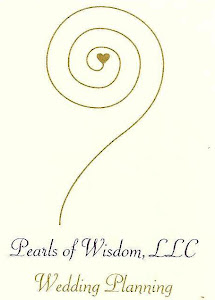
The wedding ring is the most ancient of all marriage traditions. Nearly every civilization since the Egyptians has used the wedding ring as a symbol of the marriage agreement. In Egyptian hieroglyphics, the circle represents eternity, and the earliest rings were made of braided grass, hay, leather, bone and ivory.
When metals were eventually discovered, the first metal rings were lumpy and awkward. Today, wedding rings can be anything from an inexpensive, plain band to an intricate setting studded with gems.
No matter where a person chooses to wear their wedding ring, the marriage bond is complete once vows are recited. The most common placement for wearing a wedding ring is on the fourth finger of the left hand. This custom began with the Egyptians, who believed that a vein on the left hand was directly connected to the heart. Today, a more practical explanation is that the left hand gets less use - and will be less likely to get damaged - since most people are right-handed.
Despite longstanding traditions, however, wedding rings are not always worn on the left hand. For a time, wealthy Elizabethans wore huge, elaborate wedding rings on their thumbs. In the eighteenth century, Roman Catholics wore them on the right hand. Even today, many European women still follow this tradition.



.jpg)















No comments:
Post a Comment